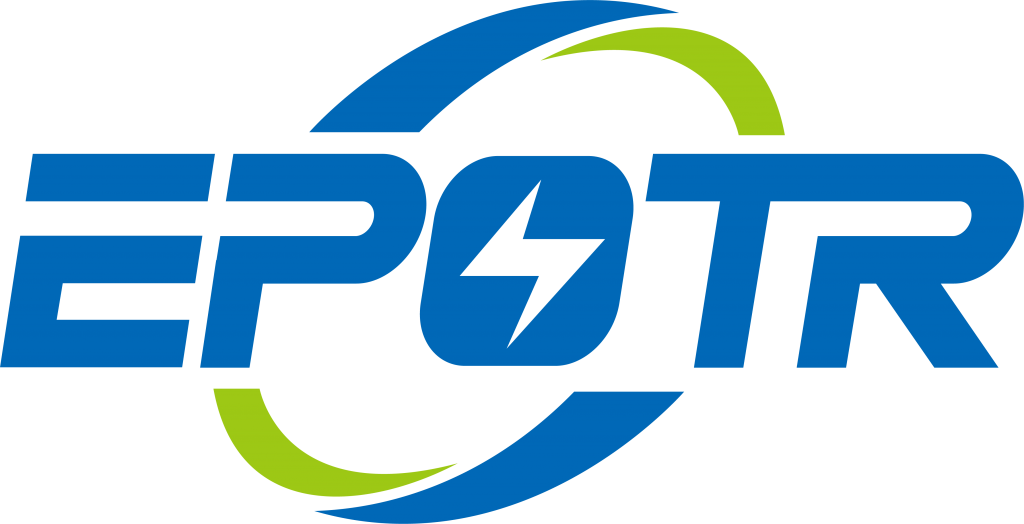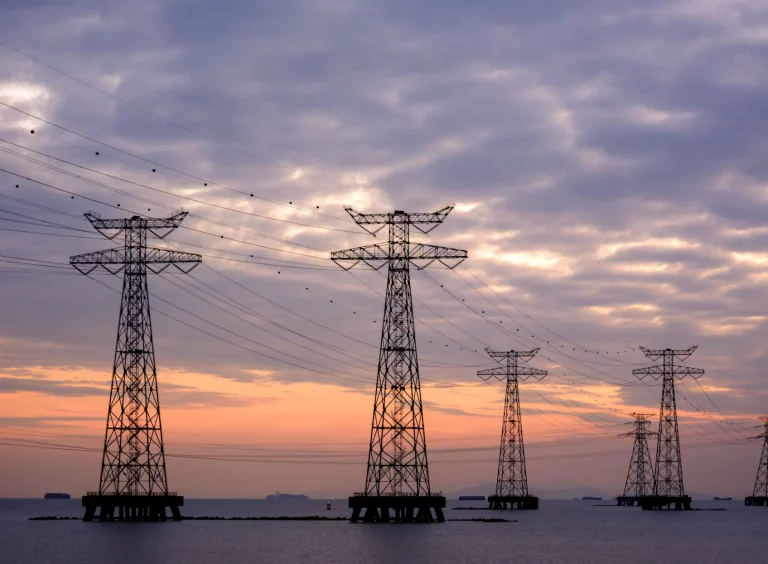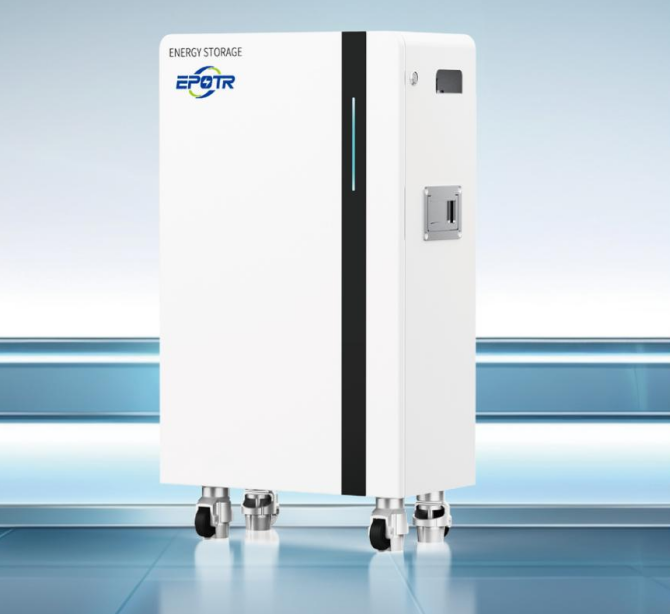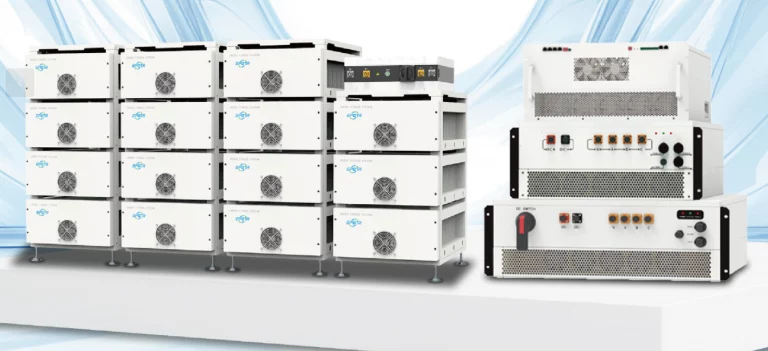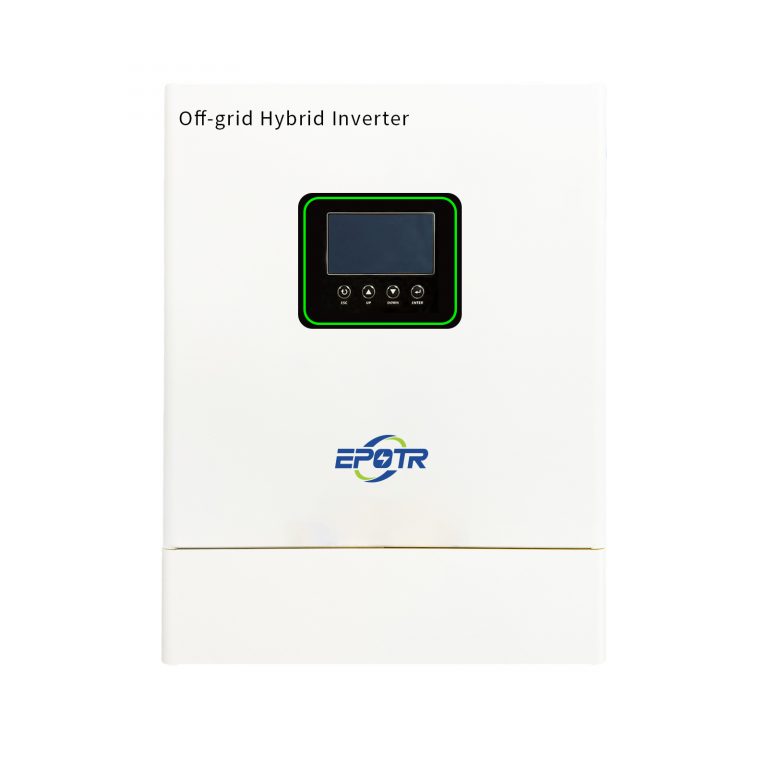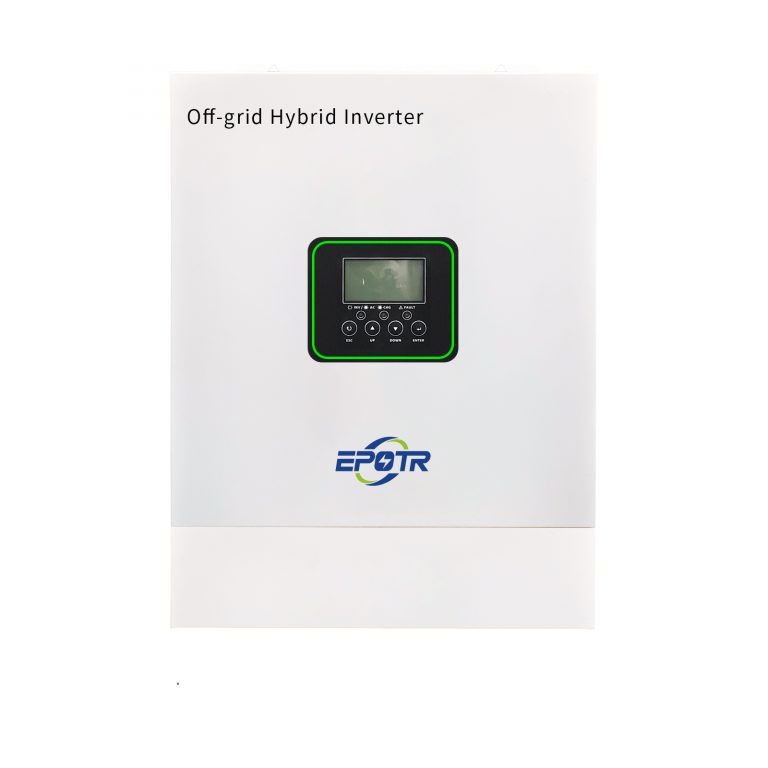When choosing between an off-grid and on-grid solar system, you’re not just selecting an energy source—you’re deciding how deeply involved you want to be in managing your electricity. One route leans on the convenience of the utility grid; the other requires independence, backup plans, and a solid grasp of electrical design. Both offer benefits, but the technical complexity varies significantly.
If you’re looking for a solution that combines reliability, scalability, and ease of use, explore EPOTR. With a range of smart, modular energy storage systems engineered for both residential and commercial applications, this platform focuses on simplifying solar energy adoption.gre

What Are the Core Differences Between Off-Grid and On-Grid Solar Systems?
At the heart of any solar decision lies one fundamental difference: your dependency on the utility grid. This impacts everything from system design to operational complexity.
Power Source Dependency and Grid Interaction
Photovoltaic off-grid energy storage systems operate independently without relying on the power grid. In contrast, on-grid systems are designed to work in tandem with it. This dependence means on-grid setups can export surplus electricity back to the grid, taking advantage of net metering policies where applicable.
Energy Storage and Backup Requirements
Energy storage plays a critical role in off-grid systems. When there is no sunlight, the battery powers the AC load through the inverter. These systems must be equipped to handle nights, cloudy days, and seasonal variability without external support.
On-grid systems also use batteries but more for time-of-use optimization than survival. Batteries can also be charged during off-peak hours and used during peak hours to reduce electricity bills.
System Design Complexity and Configuration
Off-grid installations often require careful load profiling, battery sizing, and redundancy planning. The classification of photovoltaic storage systems includes photovoltaic storage off-grid systems, photovoltaic storage and off-grid systems, and multi-energy complementary microgrid systems.
By contrast, on-grid configurations are typically more straightforward. Connection to the user’s distribution box is at 220V or 380V voltage levels. This plug-and-play nature makes them attractive for urban households.
Why Does an Off-Grid Solar System Require Advanced Technical Knowledge?
Off-grid systems are built for independence, but that freedom comes at a cost—detailed technical planning. You’ll need to consider worst-case energy scenarios and manage everything without backup from the utility.
Independent Energy Management Without Utility Support
Off-grid photovoltaic power generation systems are specifically designed for use in areas without grid power or where power outages are frequent. Since there’s no grid safety net, an underperforming or misconfigured system can lead to total power loss.
Customized Installation for Remote or Unstable Locations
Off-grid systems often serve remote areas like islands or mountainous regions. Widely used in remote mountainous areas, areas without electricity, islands, communication base stations and street lights. Each location may demand unique physical configurations, grounding needs, or protection against weather extremes.
Complex Battery Integration and Load Balancing
With no external stabilization source, your batteries do the heavy lifting. Choosing the right chemistry, understanding discharge rates, and programming inverters accordingly is non-negotiable. PowerCool-LFP-LV supports 5.22kWh to 36.56kWh capacities through scalable stack-mount design.
Poor load balancing can either overload your inverter or drain your batteries prematurely. These are not errors you want to debug in darkness.
How Technically Challenging Is It to Install an On-Grid Solar System?
Compared to off-grid setups, on-grid installations can feel deceptively simple—but they still require precision and adherence to utility standards.
Grid Synchronization and Compliance With Utility Standards
The final connection system plan will be subject to approval by the local power grid company. This means your system must not only work but also satisfy regulatory compliance like anti-islanding protocols.
Smart meters must be compatible with your system’s output format and frequency stability parameters.
Inverter Configuration and Power Export Management
Modern hybrid inverters handle both charging and exporting seamlessly. Still, they need proper setup to prioritize self-use versus export correctly. The EP2-P Series is a three-phase modular all-in-one ESS, providing 5–10kW output with fully integrated hybrid inverter.
If programmed incorrectly, you risk reverse power flow penalties or inefficient energy use.
Monitoring, Maintenance, and Smart Metering Integration
On-grid systems increasingly integrate IoT-based monitoring platforms. Smart app connectivity, easy scalability, and robust performance make the EP2-P ideal for larger homes or small commercial buildings focused on solar self-consumption. While helpful for tracking efficiency and diagnostics, this adds another layer of configuration and firmware management.
What Role Does Energy Storage Play in Technical Complexity?
Storage isn’t just about dumping excess electricity into a battery—it’s about lifecycle planning and safely integrating high-voltage components into residential settings.
Battery Sizing, Chemistry, and Lifecycle Management
It is composed of one or more battery packs connected in series and parallel. Its main task is to store electrical energy to ensure load power supply at night or on rainy days. The wrong size leads to either early capacity depletion or wasted generation potential.
LFP batteries are favored for their longevity and safety. Battery type: LFP Battery efficiency: 95% Max.recommended DOD: 95%
Integration of Home Energy Storage Systems Like EPOTR EP2
Integrated designs reduce wiring errors and lower installation time. Home energy storage system- EP2 Three Phase All In The One Solution enabling quick and secure outdoor setup.

These all-in-one stacks allow users to scale capacity without redesigning their entire system.
Safety Protocols and Thermal Management in ESS Solutions
Battery systems require proper ventilation, surge protection, and thermal cutoffs. Integrated Battery Input Reverse Polarity Protection, Overload Protection Anti-islanding Protection
Improper handling increases fire risk or equipment failure—especially in hot climates or confined indoor spaces.
How Do Inverter Technologies Impact Technical Expertise Requirements?
The inverter is your control center—it decides where power flows and how much of it goes where.
Off-Grid Inverter Programming and Load Prioritization
Solar energy gives priority to supplying power to the load. When the solar power is less than the load, the battery and solar energy supply power to the load at the same time. This demands logic-based programming—if battery hits X%, then reduce Y load first.
Off-grid inverters need more input from you; they don’t auto-adjust based on dynamic grid conditions.

Advanced Features of EPOTR Stack-Mounted Residential ESS LV
With 95% DOD, IP55 rating it’s ideal for residential users seeking reliable, space-saving energy storage for self-consumption. These features simplify complex installation tasks while maintaining performance under diverse conditions.
Its RS485/CAN communication simplifies integration into smart home ecosystems or industrial monitoring systems.
On-Grid Inverter Simplicity in Grid-Tied Environments
On-grid inverters usually require fewer manual adjustments—they synchronize with grid frequency automatically. Fail-safes like anti-islanding come built-in by default per compliance standards.
Which System Demands More Customization Based on User Needs?
Your daily energy habits heavily influence system design—especially off-grid setups where miscalculations can shut down your home during a storm.
Load Profiling and Consumption Forecasting for Off-Grid Systems
Photovoltaic components can generate an average of 64.8kWh of electricity per day, and the available electricity is 51.84kWh. This kind of precision matters only if you’re not leaning on utility power during shortages.
Off-grid users often install redundancy—extra panels or batteries—to cover unpredictability.
Grid Availability and Regulatory Considerations for On-Grid Systems
The ATS must comply with the relevant technical requirements of GB/T 14048.11-2008. Municipal codes vary widely; some utilities even limit how much power you can export back.
These nuances must be factored into early-stage design to avoid costly redesigns later.
Scalability Options With EPOTR Modular ESS Solutions
Scalability: BU2-5.0-HV1/5(up to 5 battery modules) means you can begin small and grow your system as your household needs increase—without ripping everything out first.
This flexibility suits both gradual adopters and those waiting on future EV charging integration or electric heating upgrades.
Preguntas frecuentes
Q1: What makes off-grid solar more technically demanding than on-grid?
A: Off-grid systems require full independence from utility power, meaning you must manage storage capacity, inverter programming, backup sources, and consumption forecasts entirely on your own.
Q2: Are hybrid inverters necessary for both systems?
A: Yes, but their function differs. In off-grid setups they manage complex prioritization tasks; in on-grid environments they balance self-use versus export more simply.
Q3: How does battery sizing differ between the two?
A: Off-grid batteries must sustain full nighttime loads and bad weather days. On-grid batteries focus more on cost-saving time-of-use strategies rather than survival capacity.
